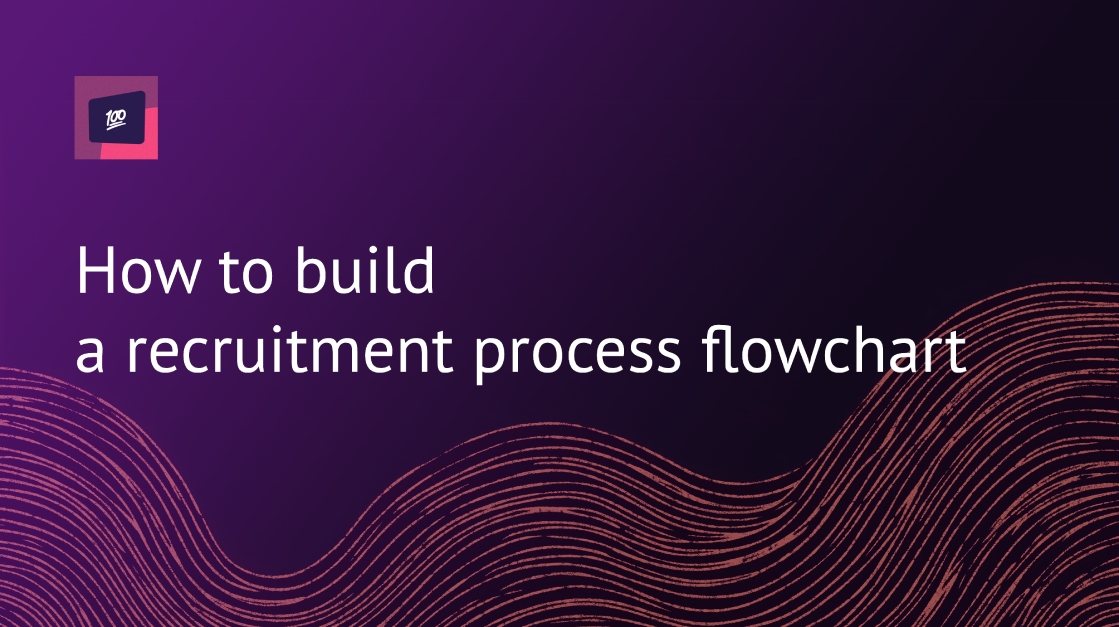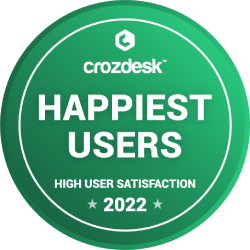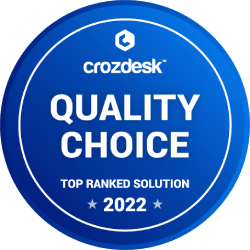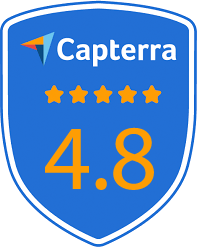How to build a recruitment process flowchart

Even the largest, most experienced HR and recruiting teams have room for improvement when it comes to hiring processes: They could reduce their time to hire, use stronger interview questions, or reject candidates in a more personal manner. Finding and acting on these opportunities can be complicated without the right insights into your current hiring processes.
Some HR teams have found that the key to identifying improvements in the recruiting process is a recruitment process flowchart. With a flowchart, teams map out the steps between an identified vacancy and the successful hire of a candidate. The resulting diagram shows what hiring processes look like and who needs to be involved in each step. This allows teams to quickly spot areas that could be combined or eliminated — ultimately improving the efficiency and effectiveness of your hiring processes.
the best candidates faster



Let's explore what a recruitment process flowchart looks like and how it's used by modern HR teams.
What is a recruitment process flowchart?
A recruitment process flowchart is a type of process flow diagram or visual aid that shows every step in your current or ideal recruiting process. The diagram typically begins when leadership or HR identifies the need for a new hire, and it ends when a candidate accepts the offer and is provided a start date. The steps documented in between include processes like posting openings on job boards, phone screens, interviews, and background checks.
Recruitment flowcharts may vary in their size and scope. For example, a flowchart showing the recruitment process steps at an organization with fewer than 100 employees may contain only a few stages, and involve only a handful of individuals. On the other hand, a flowchart for an organization with more than 1,000 employees may include dozens of steps with branching paths and involve many more team members.
Recruitment flowcharts are sometimes created specifically to train outsourced recruiters or new members of HR departments. This clear and concise visual aid can be a more effective way of onboarding than traditional written documentation. Many modern organizations also use flowcharts to identify potential improvements they can make to the candidate experience, such as shortening the wait time for scheduling interviews or providing feedback.
How does illustrating the recruitment workflow improve the hiring process?
With a visual aid like a recruitment flowchart, everyone involved in the hiring process gains a better understanding of the time and effort required to bring in high-quality candidates. The effect here isn't purely one of appreciation; it's also a driver of change. For example, leadership may notice that they're currently required to approve all potential new hires chosen in the selection process. They may choose to eliminate this step or require approval only for management hires and above to speed things up.
Documenting your hiring workflow also requires recognizing who is involved in each step. This may highlight, for example, the amount of time a specific HR team member spends on their recruiting tasks. Their responsibilities could be more equally distributed among the rest of the team, perhaps by involving hiring managers earlier to contact or screen promising candidates.
Ultimately, illustrating your workflow gives you a better understanding of what your processes look like right now — and how they could be changed, even slightly, to enhance the experience in the future for HR, interviewers, and your potential candidates.
The three-step process to build your recruitment flowchart
Creating your recruitment flowchart may take anywhere from a few hours to several weeks. This largely depends on the size of your organization, the people involved in the hiring process, and the number of steps that come between the recognized need for a candidate and their acceptance of a job offer.
While it's possible to build the flowchart on your own, you will gain the most accurate data if you're also able to involve hiring managers, interviewers, and senior leadership. These individuals will have insights into steps they take before, during, and after their contribution to the hiring process. This ensures completeness, and allows those who view the chart to have a complete understanding of how processes flow from one person to the other.
Regardless of the time taken or the people involved, three steps are required to build an accurate recruitment flowchart template:
- Document each stage of your recruiting process
- Determine any split paths in the process
- Illustrate the recruitment flowchart
Let's review each step in detail:
1. Document each stage of your recruiting process
The usefulness of a recruiting flowchart is based on its accuracy, so it's crucial that you document each and every stage in your process, as well as who is involved. This includes all stages, even if they don't apply to every candidate, job, or situation. We’ll address this in the next step about split paths.
To ensure completeness, consider having a brainstorming session with hiring managers, interviewers, senior leadership, and your HR team. During this session, aim to write down everything that happens during hiring. It doesn't have to be in order for now, and don't worry about collecting too much information: It's easier to omit granular steps you don't need than it is to add forgotten ones later.
2. Determine any split paths in the process
As mentioned, not every candidate or job opening will have the same hiring process. Some may require additional steps, like testing or on-site presentations. And some may skip steps entirely, such as when you're considering referrals or internal job candidates. These situations will result in split paths on your flowchart, where you answer yes or no to determine the next stage.
Here's one example: You may require development candidates to do on-site testing to confirm their knowledge of a specific programming language. In the workflow, you would add a question stating, “Is this a development role?” If the answer is yes, the on-site testing stage would come next. If the answer is no, a split path would take the candidate directly to the next stage in your process, such as the final interview or a reference check.
Write down all of the possibilities for split paths, including what happens at each split based on an answer of yes or no. You may find it useful to draw rough illustrations, which will more easily translate into the paths on your final flowchart.
One thing to keep in mind: If you hire for a wide variety of roles, each with many split paths, you may find it more practical to make multiple recruiting flowcharts instead of trying to put all the possible split paths in a single diagram. Your processes will become much easier to learn and follow as a result.
3. Illustrate the recruitment flowchart
Finally, once everything is documented and you've mapped out all of your split paths, it's time to create a visual version of your recruiting processes. If you don't have an in-house designer, don't fret. A few simple tools make designing your own flowchart simple, easy, and inexpensive:
- Google Drawings: Google’s free diagramming tool makes it quick and easy to build, edit and share your first recruitment flowchart.
- Draw.io: Best for small organizations, Draw.io gives you the power to start on a simple flowchart in a matter of seconds.
- Lucidchart: A simple but powerful diagram creator, Lucidchart tools make it easy to create split paths.
- Gliffy: Gliffy is a beautiful diagram-builder that's best for larger HR teams. Its biggest draw is its collaboration feature, which allows your team to work together on the recruiting flowchart.
Here's a sample of what a final flowchart template might look like for a medium-sized organization:
Share, collaborate on, and improve your recruiting process with a simple chart
Turning your recruitment process into a diagram helps everyone on your hiring team understand what's involved, shows where teams can make bigger contributions, and streamlines their efforts. The diagram also has other major benefits, including highlighting potential inefficiencies so you can resolve them with solutions like additional training or by implementing an applicant tracking system.
No matter the size of your organization, there is always room for improvement in your hiring. Use this simple tool to streamline your recruiting processes and ultimately create a better experience for your candidates.
This article was originally posted on the Google Hire blog
the best candidates faster




